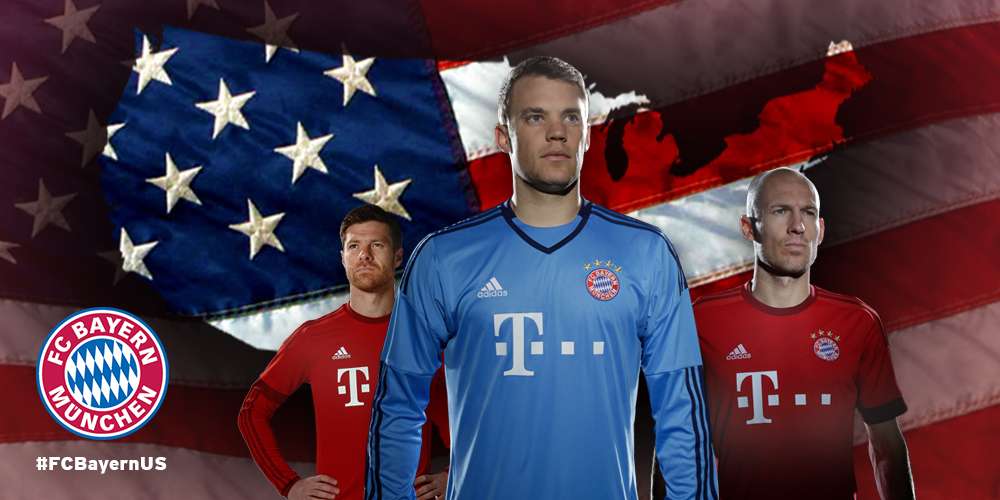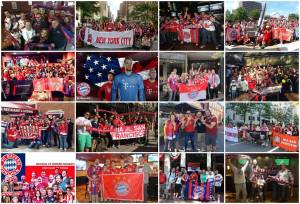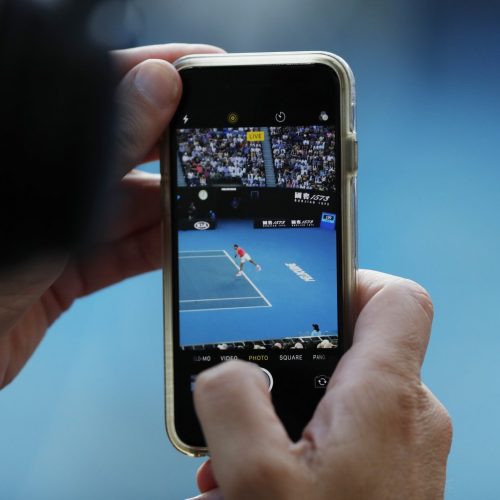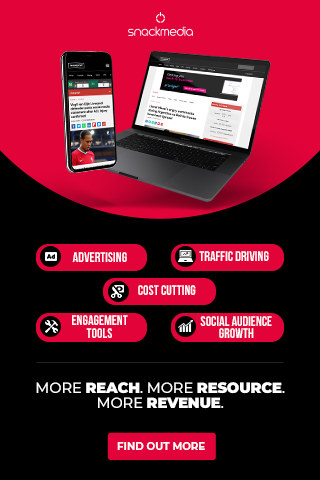Q&A with FC Bayern Munich’s Media Manager, Cristian Nyari
The development of the Internet in general, and social media in particular, was a boon for U.S. fans of international football. It’s hard to imagine now, but 20 years ago if you wanted to know the score of an Arsenal – Manchester United game, or El Classico between Real Madrid and Barcelona, you’d probably have to call a friend or family member who lived in that country.
The pervasive sports Internet culture has been a boon to people like me (I founded Arsenal America in 2001), but it’s also had a massive impact on the clubs as foreign television rights and digital distribution channels have seen world football become a multi-billion dollar business. Deloitte just released it’s annual Football Money League report, an in-depth look at the teams that are financially at the top of the global game. Coming in at number five on the list is FC Bayern Munich, one of the legendary clubs of European football. A star-studded history, one that is as full of colorful characters as it is trophies, is matched by their current success.
Whilst Germany’s Bundesliga may take a back seat to England’s Premiership here in the U.S. the gap may very well be closing. Germany’s premier league has a strong television deal with Fox Sports and as this interview between Men In Blazers’ Roger Bennett and the league’s Chief Executive Christian Seifert demonstrates, the league is aggressively looking for ways to market to a U.S. audience.
But much of the work will be done by the teams, and having a strong social presence is critical to that goal. I had the opportunity to connect with Cristian Nyari, Bayern’s Media Manager, who shared some of the insights and strategies Bayern uses in their social programs.
Bayern Munich is one of the great, iconic clubs of world football. What are your over-arching goals with social media? Converting new fans, servicing existing fans, merchandise sales….?
For us in the US, social media is the most important marketing and communication tool. When we opened our US office in 2014 we consciously decided to launch US-specific platforms that naturally included social media channels. As we are trying to grow our fan base and build the brand in the most competitive sports market in the world, social media gives us a platform to reach and engage existing and new fans with an authentic US voice.
For example, we launched our US Twitter account specifically as a fan club and fan services account. We used it as a direct line of communication for our fans and as a recruitment and organizational tool. This went hand in hand with our “Starting XI” campaign where we helped fans around the country find each other and organize into fan clubs. We were able to go from official fan clubs when we opened our office to 94 in 34 states, the largest network of any European team (the only larger one is that of the US national team).
From a content strategy perspective, we’re also not just translating content but curating specifically for the market and we make our fans a big part of that. We understand that we’re in a crowded market so our social channels also give us the flexibility to stand out in the crowd and tell our story.
What effect does having a connection to the U.S. via Julian Green have on your social media efforts in the U.S.?
It plays into it but doesn’t in any way define our approach. For example, we had a column and video diary with Julian specifically for the US that follows his development which our fans enjoyed, but our overarching goal is to tell the story of the whole team, our history and our values.
What are your key metrics for success on social media?
I would say it’s the same as it is for most teams and sports brands: growth. In the last 12 months we grew the number of our US social media followers across all platforms by one million, and both our specific US Twitter and Facebook accounts have grown significantly since we launched them. All that has been organic growth.
Are your social media goals aligned with larger organizational (business) goals?
As our primary goal is to grow our fan base here growth on social media is an important metric in judging market reaction. So far we have only seen interest in FC Bayern and German soccer rise, especially with FOX Sports started broadcasting the Bundesliga this season. That growth of course also represents value to our existing and prospective partners. For example, we try to include our partners (Audi, Allianz, Adidas, T-Mobile, etc.) in everything we do in the US and our rapidly growing social media channels are also a valuable platform for them.
Which is a bigger focus on social for Bayern – engaging with fans or providing a platform for commercial partners?
The fans are our most important stakeholders and our multipliers in this market so engaging and working with them in an authentic and consistent way is extremely important to us. We are in touch with them every day from helping them promote watch parties or giving them special offerings.
At the same time, we have a big network of partners that are also interested in our initiative in the US (Adidas, Audi & Allianz for example are shareholders), and as mentioned we consistently involve our partners in our initiative. With Adidas we have a grassroots partnership with a youth organization (Global Premier Soccer) in 13 US States. With T-Mobile we made our premium subscription service (FCB.tv) available to all T-Mobile US customers for free and so on. We showcase all this on our social platforms and that has been a big part of our growth and impact in the US.
But the two also overlap. For example, when we ran our “Starting XI” campaign together with our beer partner Paulaner we located bars around the country fan clubs could gather and watch games ahead of the new season with FOX Sports broadcasting the league. We then had a Fan Fest in Miami for our fans that included a tournament where the winner got to travel to Munich to take part in a friendly game against our first team. Fans here can’t go to the stadium on the weekends so we want to bring them close to the club as much as we can, social media is the primary vehicle for that.
You can read more from Cristian including his recent thoughts on Snapchat and the global marketing of sports brands on his blog.
About author
You might also like
The seven essentials for achieving successful sports branding
By Daniela McVicker When it comes to sports, great branding is a must. Your brand influences how people see your company or team. It helps you to forge connections with
Live Chat: A New Social Experience in Sports
Article written by John S. Kim, CEO and co-founder of global API company SendBird Social media rose to prominence throughout the world due to its potential for connection. Social channels provided the
Snack Media’s Football Content Campaign’s Review: February
By Mike Constanti This series, in partnership with Snack Media, will look at the best football campaigns from advertising to social media on a monthly basis, as Digital Sport evaluates how










